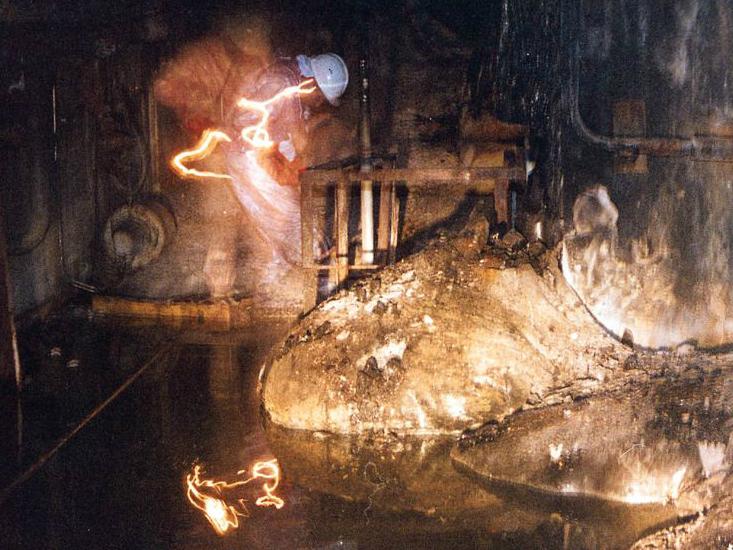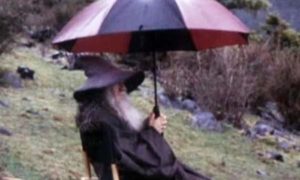One of the most inspiring things about historic photographs is that it allows you to see things from a different perspective, they serve as true images of a moment in time. This selection of photographs, in particular, serve as a reminder of the endurance of the human body through cruel, heartless and devastating events. You probably wouldn’t find them in any textbook.
The molten radioactive core after the Chernobyl accident Known as the “Elephant’s foot”

The Elephant’s Foot could be the most dangerous piece of waste in the world:
30 seconds of exposure: Dizziness and fatigue will find you a week later
120 seconds of exposure: Your cells will soon begin to hemorrhage
240 seconds of exposure: Vomiting, diarrhea and fever
300 seconds of exposure: You have 2 days to live
When a nuclear disaster is referred to as a meltdown, this is not figurative language but is literally what happens. High-energy particles cause radioactive materials get hotter and hotter until they melt and turn into a sort of lava. At Chernobyl, on April 26, 1986, this happened due to the loss of sufficient coolant. Eventually the radioactive lava flow cooled enough to solidify and was dubbed the Elephant’s Foot.
This photograph was taken 10 years after the disaster. At the time, the Elephant’s Foot was emitting approximately one tenth of the radiation it had originally. This is still a great deal of radiation, at this level 500 seconds would leave you with radiation sickness and just over an hour would be lethal.
The team that took this picture was only able to do so with mirrors. The damage to the photograph is due to the radiation. Although the radiation had died down by the time this photograph was taken, I’d imagine that the man in the photograph would have experienced some side effects of radiation exposure.














